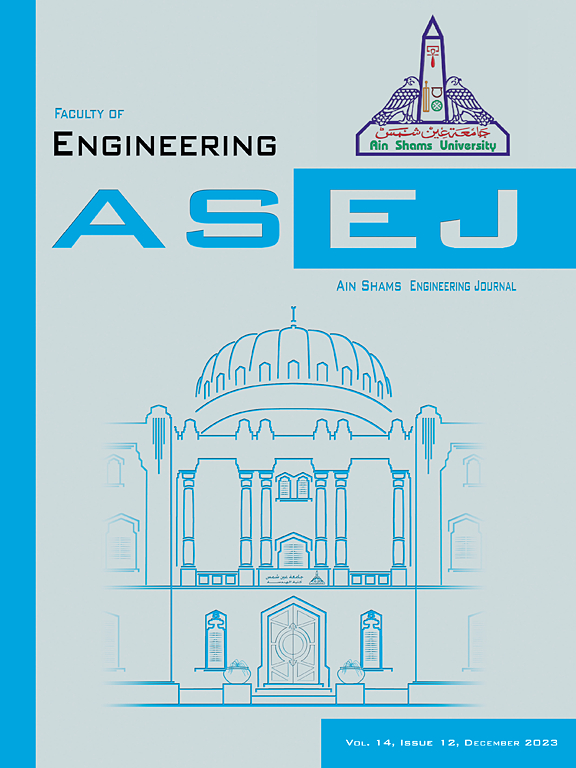Development of automatic rebar layout algorithms considering design characteristics of reinforced concrete members
IF 6
2区 工程技术
Q1 ENGINEERING, MULTIDISCIPLINARY
引用次数: 0
Abstract
Rebar layout is crucial for structural integrity, cost efficiency, and accurate estimation in construction. This paper presents advanced algorithms for optimizing rebar cutting lengths and automating structural drawings. Utilizing structural design outputs, the approach integrates special length rebar concepts and shape codes for precise bend deductions. Algorithms were developed to calculate rebar lengths for structural elements like columns and beams, addressing longitudinal continuous, discontinuous, and confinement rebars. This resulted in a 10.56% reduction in column rebar quantities and a 2.22% reduction for beams compared to the original design. Automated rebar layout algorithms also established equations for determining rebar coordinates and arrangements, facilitating efficient structural drawing generation. This reduces manual drafting, streamlines rebar workflows, and enhances project efficiency. The findings highlight the potential of computational techniques in rebar layout optimization, enabling cost-effective, sustainable construction practices while improving accuracy and efficiency.
考虑钢筋混凝土构件设计特点的自动配筋算法的发展
钢筋布置对于建筑结构的完整性、成本效益和准确估算至关重要。本文介绍了优化钢筋切割长度和自动绘制结构图的先进算法。利用结构设计输出,该方法整合了特殊长度钢筋概念和形状代码,以实现精确的弯曲扣除。开发的算法可计算柱和梁等结构构件的钢筋长度,解决纵向连续钢筋、非连续钢筋和约束钢筋问题。与最初的设计相比,柱的钢筋数量减少了 10.56%,梁的钢筋数量减少了 2.22%。自动钢筋布置算法还建立了用于确定钢筋坐标和布置的方程,有助于高效生成结构图。这减少了人工绘图,简化了钢筋工作流程,提高了项目效率。研究结果凸显了计算技术在钢筋布局优化方面的潜力,在提高精度和效率的同时,实现了具有成本效益的可持续建筑实践。
本文章由计算机程序翻译,如有差异,请以英文原文为准。
求助全文
约1分钟内获得全文
求助全文
来源期刊

Ain Shams Engineering Journal
Engineering-General Engineering
CiteScore
10.80
自引率
13.30%
发文量
441
审稿时长
49 weeks
期刊介绍:
in Shams Engineering Journal is an international journal devoted to publication of peer reviewed original high-quality research papers and review papers in both traditional topics and those of emerging science and technology. Areas of both theoretical and fundamental interest as well as those concerning industrial applications, emerging instrumental techniques and those which have some practical application to an aspect of human endeavor, such as the preservation of the environment, health, waste disposal are welcome. The overall focus is on original and rigorous scientific research results which have generic significance.
Ain Shams Engineering Journal focuses upon aspects of mechanical engineering, electrical engineering, civil engineering, chemical engineering, petroleum engineering, environmental engineering, architectural and urban planning engineering. Papers in which knowledge from other disciplines is integrated with engineering are especially welcome like nanotechnology, material sciences, and computational methods as well as applied basic sciences: engineering mathematics, physics and chemistry.
 求助内容:
求助内容: 应助结果提醒方式:
应助结果提醒方式:


